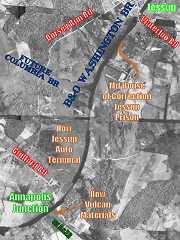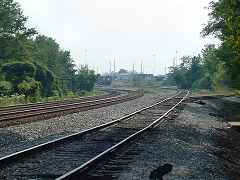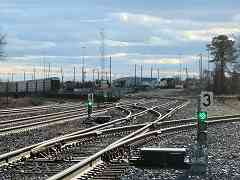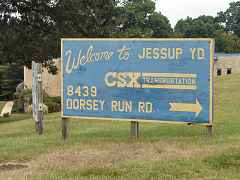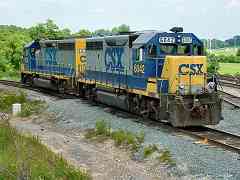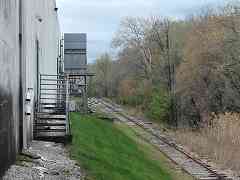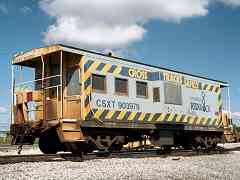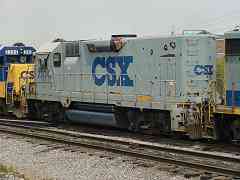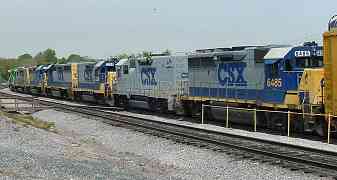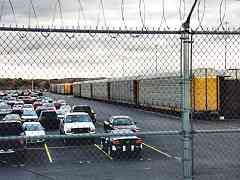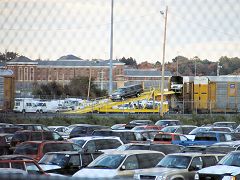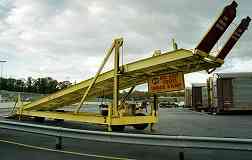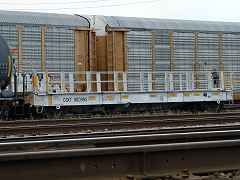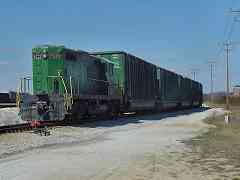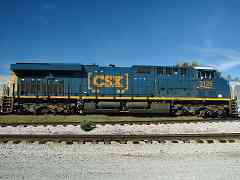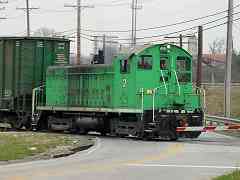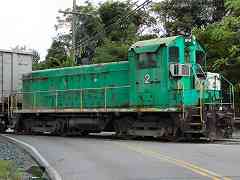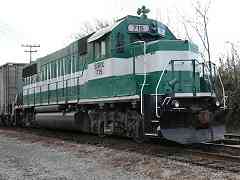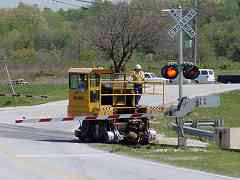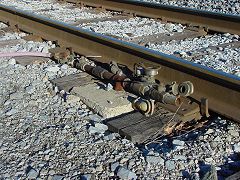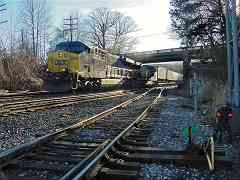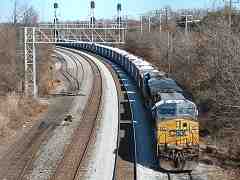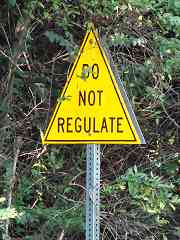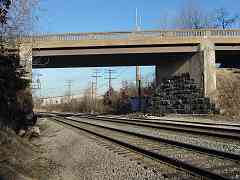|
Parked on the northeast side of (and behind) the auto facility was this
caboose, now relegated to signpost duty. It reminds the train crews
to look both ways. This appears to be the only photo online of this
caboose and its B&O predecessor C3979.
You can drive your car almost to this spot, which is in the midst of the
train switching operations for the auto facility, but I would not
recommend doing so. This is a busy location with all sorts of train, car
and truck activity. Some of the equipment is remote controlled. If you
insist on visiting, pick a quiet day (weekend?), and drive in and back out
without lingering as there are no good railfanning spots here.
During infrequent brief visits, by chance I've spotted CSX 8247 at Jessup
four separate times spanning 15 years, which suggests it spends most of
its time in Maryland; it is an ex-B&O unit built during 1977.
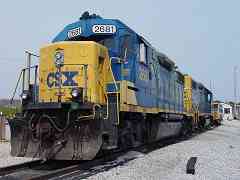
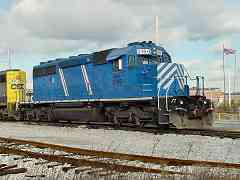
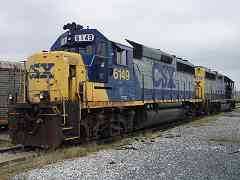
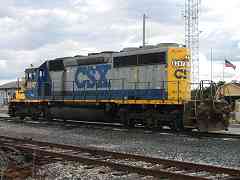
Links:
CSX 8247 pics,
1982,
1985,
1986,
SRS 131 1986
|
